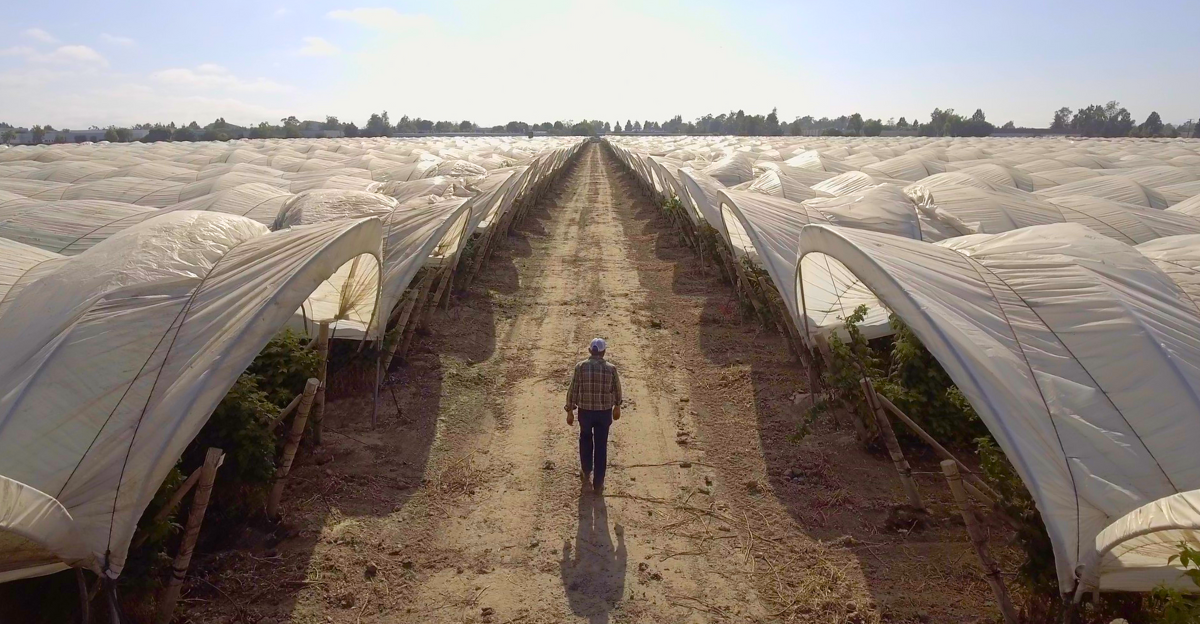
America’s Heartland stands at a tipping point: vast fields whisper of empty harvests, farmhouses echo abandonment, and 10 states face a shock wave that could reshape our food landscape. What’s fueling this sudden collapse? Is it just about bad weather and prices, or something deeper?
Over the next slides, we’ll unravel the mystery behind disappearing farms, but for now… picture millions of acres quietly falling silent. You’ll want to stay tuned.
Vanishing Fields
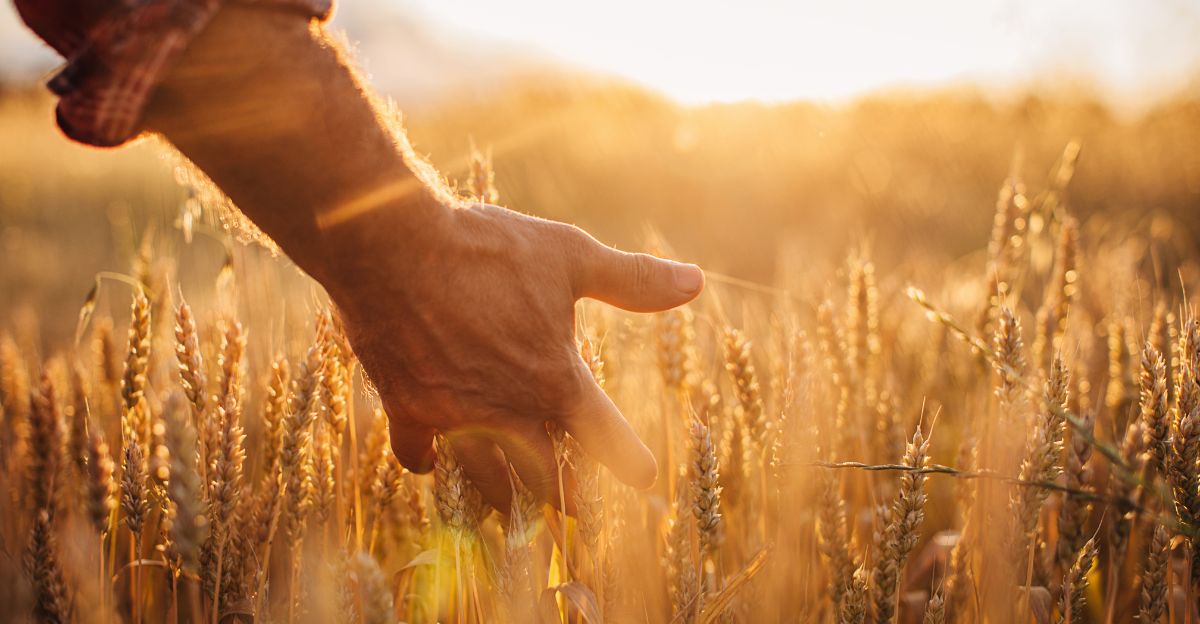
Plowings of wheat in Kansas, Nebraska, and Oklahoma have fallen—close to half in some areas. While yield is still good, prices are at five-year lows.
Plowing under fields and shifting into cattle or hay might provide a lifeline. But why now—what pressures are forcing farmers out of the crop that made their name?
The Price Trap
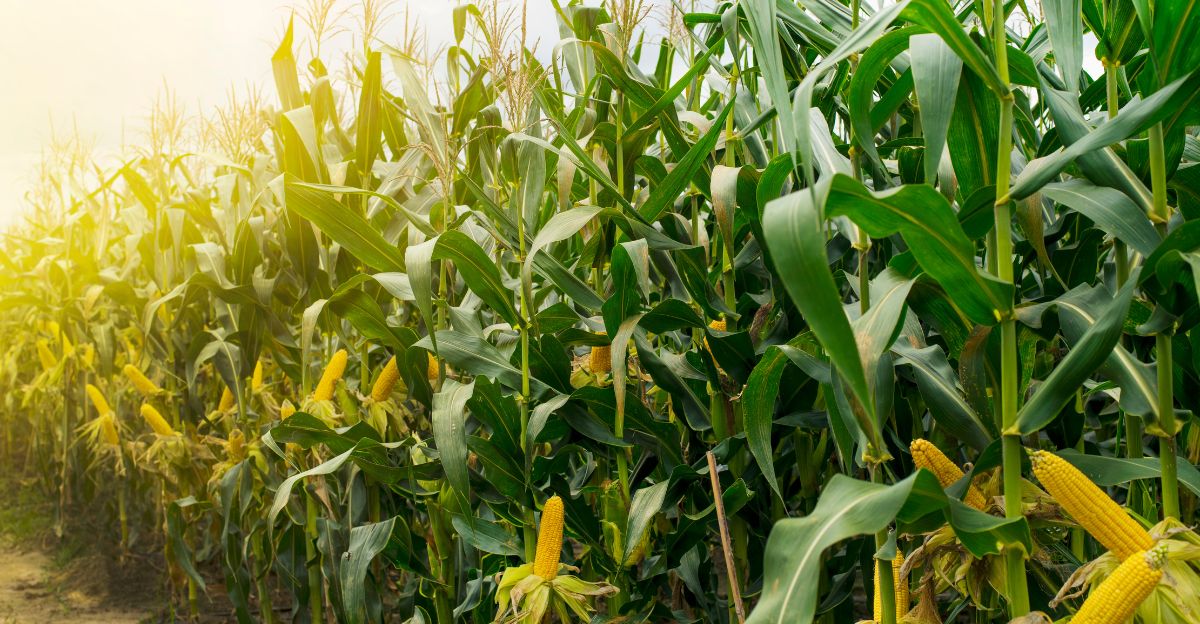
Commodity prices have steadied. Soybeans or corn still cover costs, but margins are being pinched by escalating expenses—equipment, fertilizer, fuel.
Farmers who are squeezed in the vice have a dismal choice: continue to produce at a deficit or quit. But more is at risk than economics.
Growing Debt & Bankruptcies

Farm bankruptcies rose 55 percent during the past year, with more than 200 Chapter 12 filings. It’s domino after domino: bankrupt farmers sell property to settle debts, which constrains rural economies.
Land in farming use is down 8 percent since 2017—some 74 million acres lost. That’s more than 30,000 farms lost in just six Midwestern states.
Consolidation Takes Over
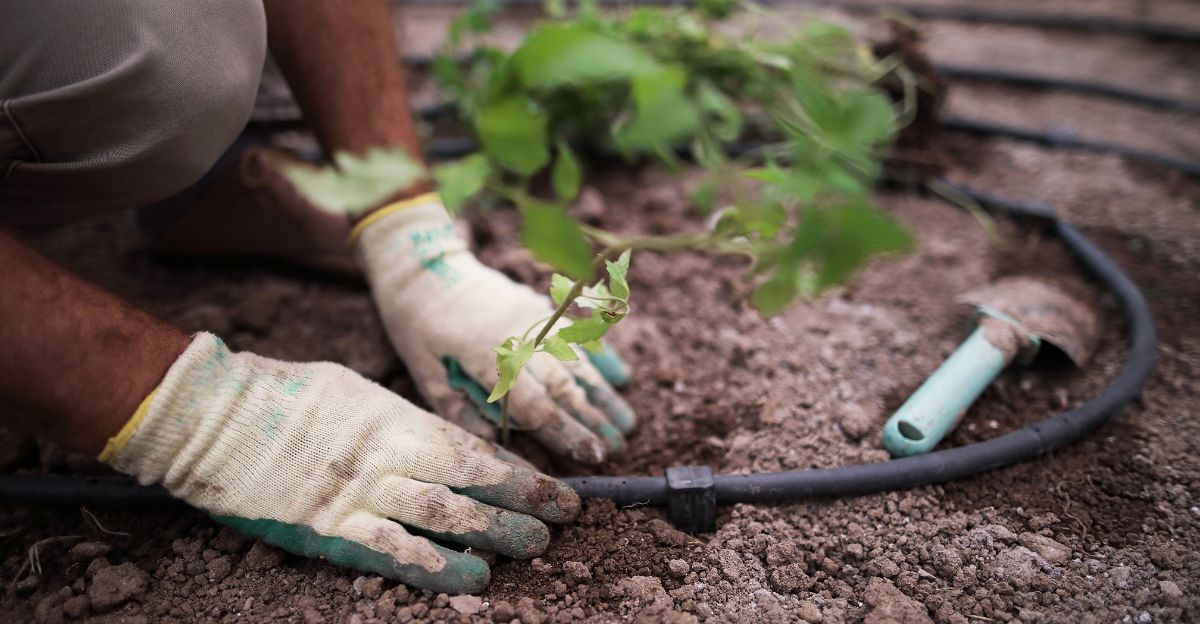
Where the small farms are not making it, the large ones expand. The typical farm today covers almost 470 acres-more than 440.
Mid‑sized farms disappear, leaving only mega‑farms large enough to endure risk and profit from size. Family farms are corporate farms; rural America’s face is forever altered.
Weather Woes on the Rise
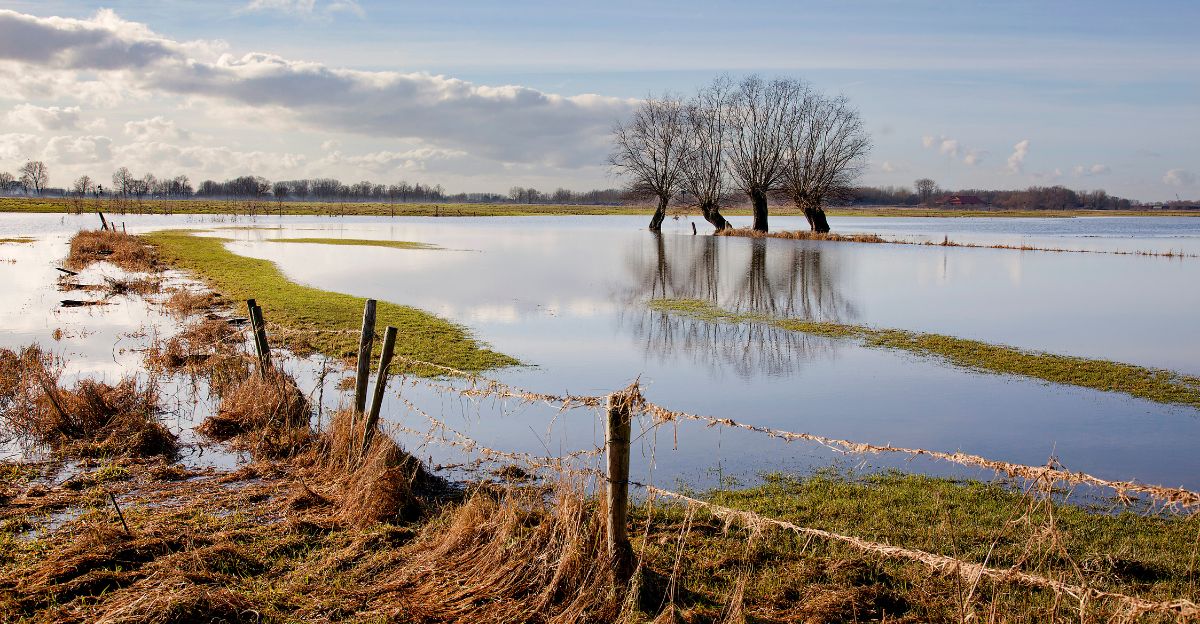
Climate anarchy isn’t far away: droughts sear, floods destroy, rights go haywire. Great Plains droughts and Iowa derechos—occur with increased frequency.
With more frequent extreme weather, volatile harvests tighten budgets and push more farms off the map.
Tariffs & Trade Turbulence
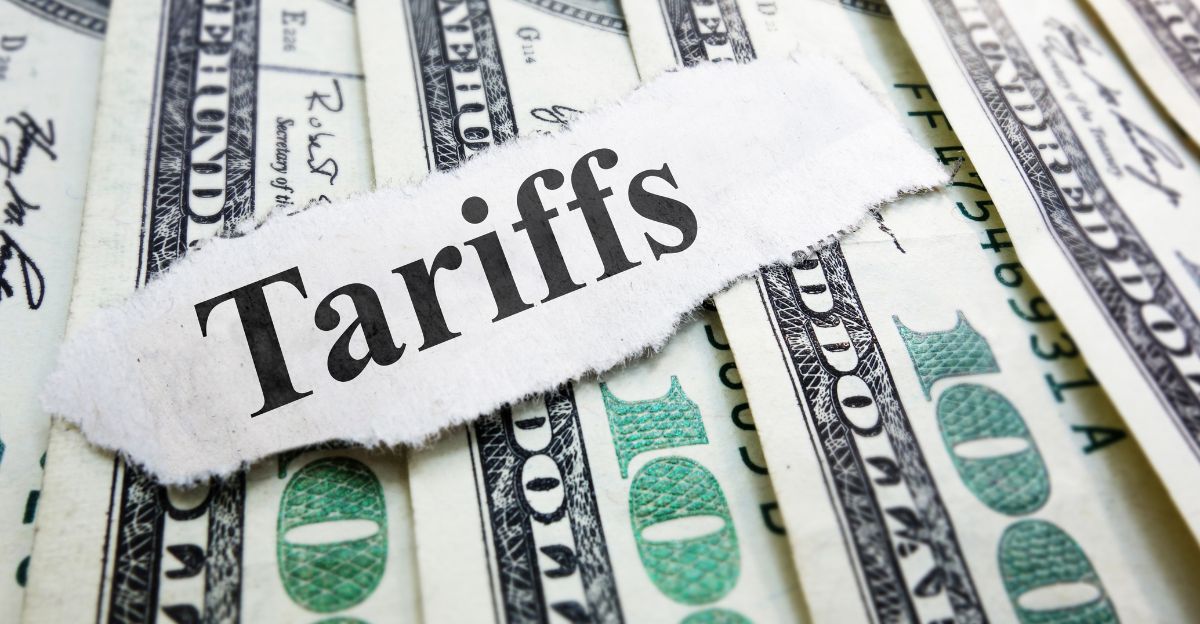
Trade wars aren’t just making headlines—they take a bite out of economies hard. Small farms, for instance, experienced a 24 percent bankruptcy spike during the Trump tariffs.
New tariffs now threaten to do it again. When overseas markets close, the dominoes begin to fall—and the smallest farmers are likely to fall the hardest.
Federal Aid Doesn’t Reach Many
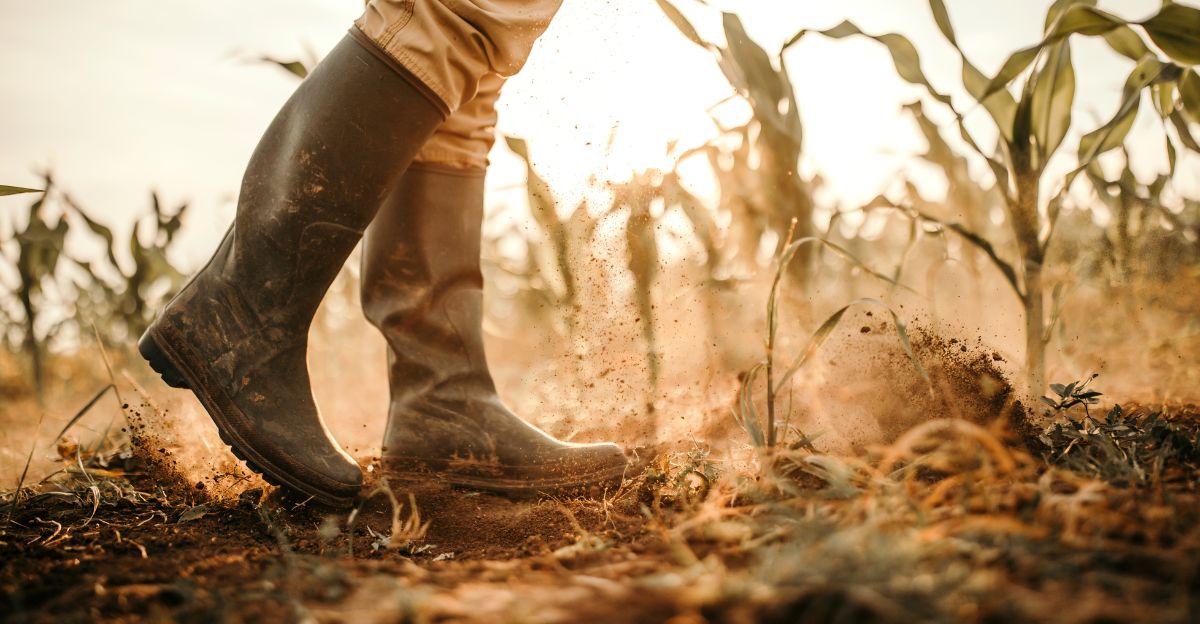
Bailouts disproportionately financed large farms at the expense of other farmers. In previous trade crises, the highest 1 percent received more advantages than the lowest 80 percent.
In the meantime, grant freezes and political changes left too many minority and small farmers on hold, opting for loans or shutdown.
Mental Health Fallout

The farm crisis is not just economic. Farmers, as a group, have a suicide rate of more than three times the national rate.
Debt, loneliness, loss of identity—these are common themes. When one farm shuts down, whole towns can collapse. Ghost towns are appearing, and the human cost is hardly monitored.
Rural Depopulation

Rural counties in the Great Plains have lost 60%+ population since the mid‑20th century. When farms go away, schools shut down, businesses close, and young adults leave.
The exodus accelerates as fewer families remain behind to support communities.
Corporate Farming’s Grip
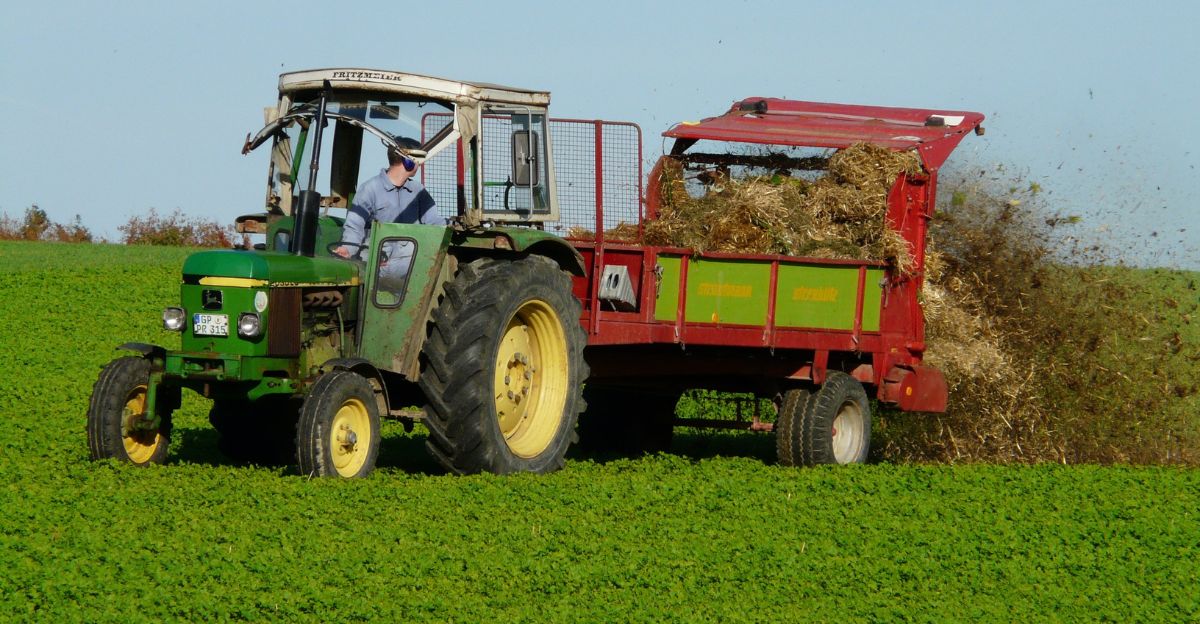
Nine states limit corporate ownership of farm ground now. But large co-op and corporate farms prevail—legally, financially, and in scale.
Opponents contend it accelerates concentration and pushes aside new farmers. It’s a transformation from diversified family farms to monocultures and centralized power.
Who’s at the Center
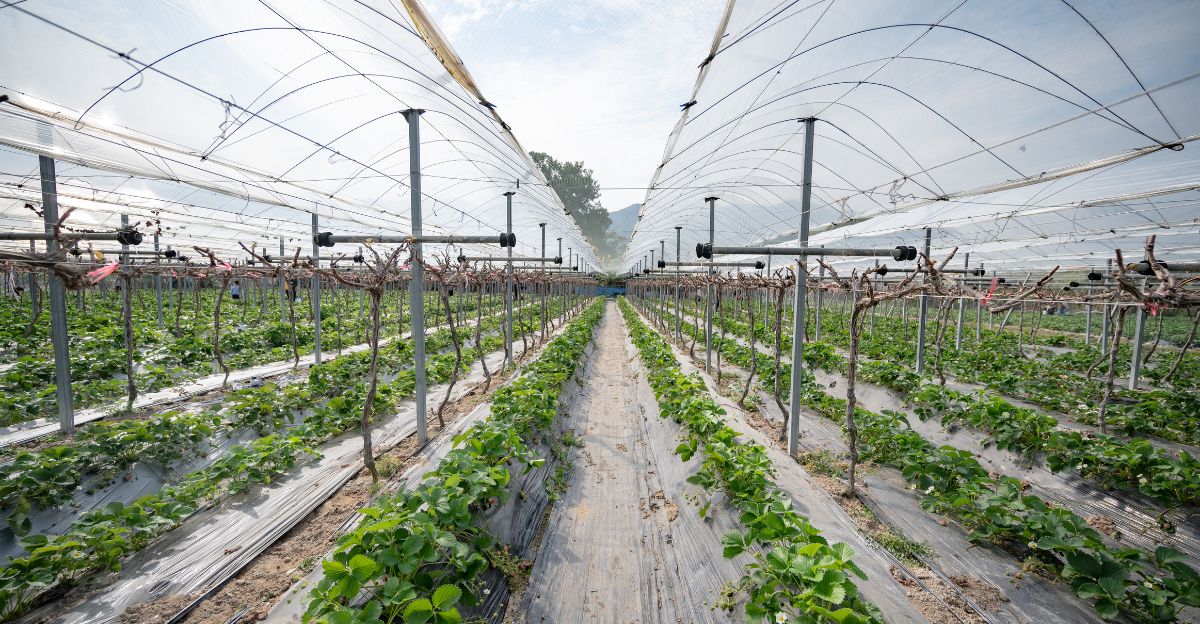
Mega-farms and agri-corporations are subsidized and trade-agreed upon. Small, minority, and mid-size farmers are left behind.
USDA programs, meant to help, leave too many behind. The divide gets wider: rural communities and industrial agriculture.
Glimmers of Resistance
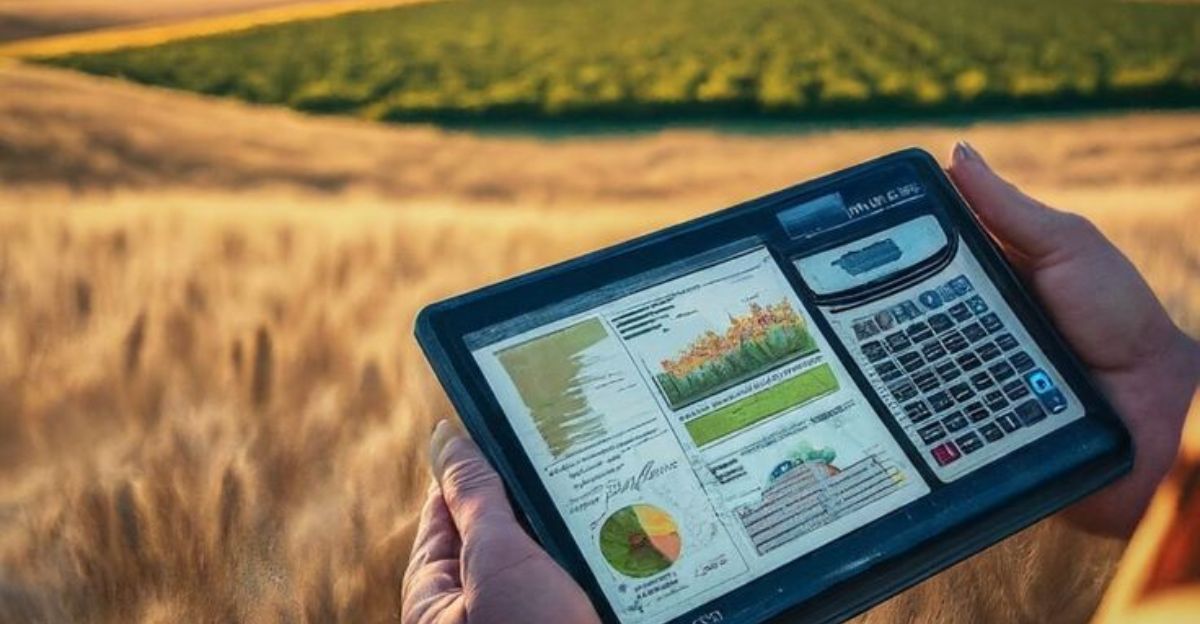
But technology arrives: Some farms switch to specialized, sustainable crops. Others diversify revenue through agrivoltaics, direct-to-consumer sales, and ecotourism.
Nonprofit and cooperative models thrive. These ventures aren’t common yet, but they signal different futures for ailing heartland areas.
The Crossroads Ahead
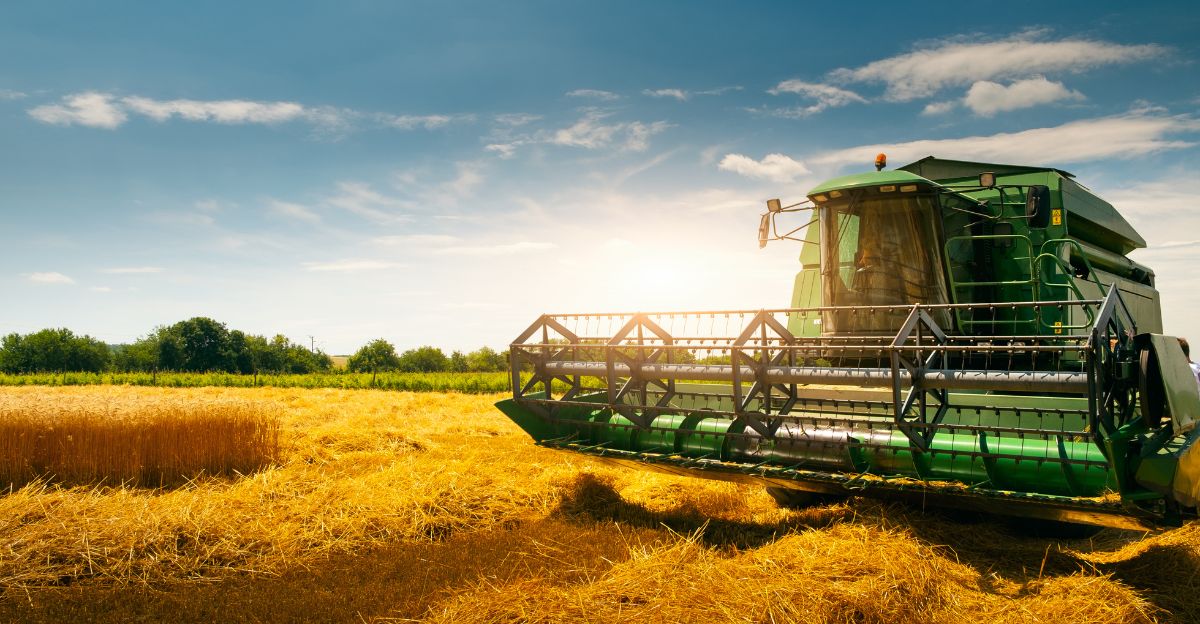
The heartland stands at a crossroads. Will the U.S. invest in rural futures, defend small-farm traditions, and strike a balance on food security?
Or will farmland continue to drain away to a privileged few? The coming policy choices, trade deals, and climate protections will decide if thousands more farms will go under—or if some will come back to life.
Discover more trending stories and Follow us to keep inspiration flowing to your feed!

Craving more home and lifestyle inspiration? Hit Follow to keep the creativity flowing, and let us know your thoughts in the comments below!
